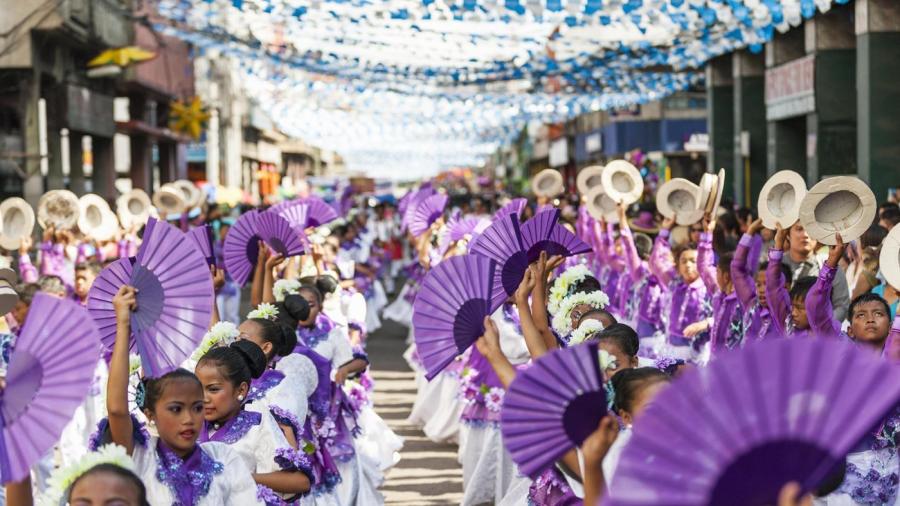What Are the Objectives of Philippine Folk Dance?

Philippine folk dances are a celebration of daily life, health, peace, war, harvest times and other aspects of life. According to the National Commission for Culture and the Arts, Philippine folk dances imitate nature and life because they are rituals for social and spiritual expression.
Various types of animal movements, such as those of fish, crabs, snakes and monkeys, have been incorporated into the choreography of folk dances. The movements enliven the dances and demonstrate a zest for life. However, dances also are religious ceremonies. Since Filipino people both fear and revere nature spirits and their ancestors, they have created several folk dances to honor them.
Interestingly, Philippine folk dances exist for nearly all aspects of life. For example, the “Banga” dance tells the story of war. It is a contemporary dance performed by the people of the Kalinga tribe from the Mountain Province. The dance illustrates the ferocity of the tribal warriors. Other dances, such as the Tachok, are performed to celebrate happy occasions like a wedding or the birth of a child. The Ragsaksakan illustrates the more mundane aspects of life. This dance portrays Kalinga women carrying water pots on their heads in honor of the climb up the rice terraces in the mountain provinces of the Philippines.





